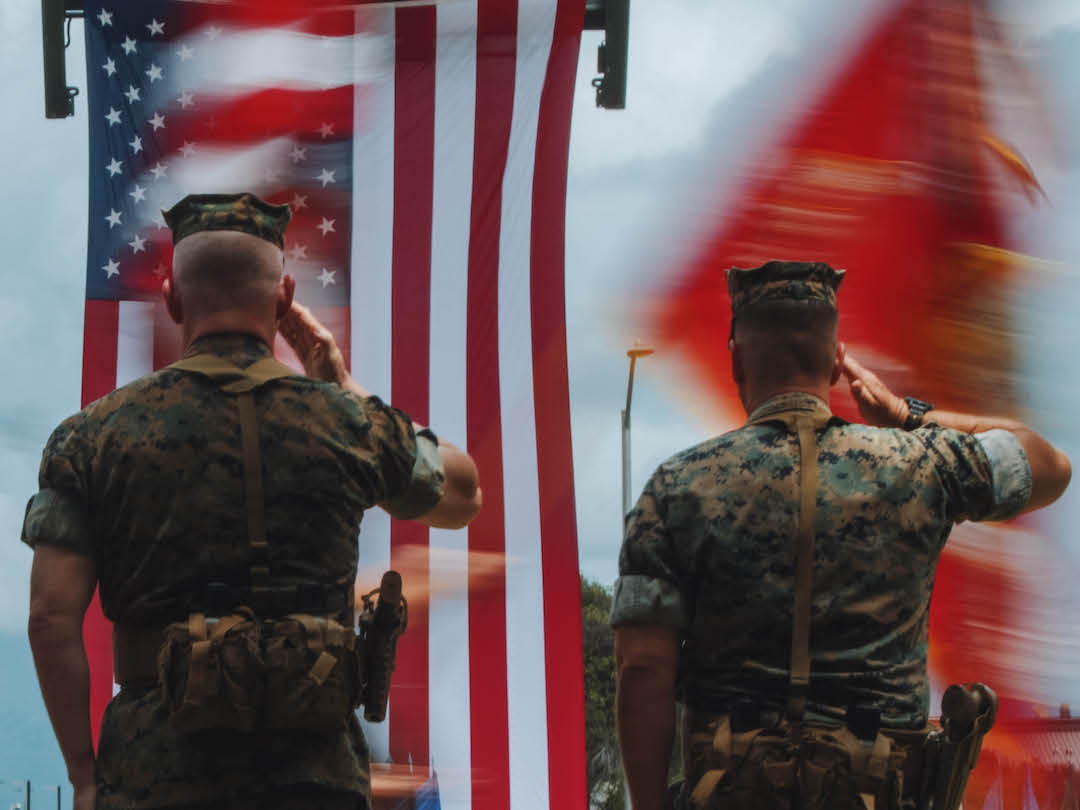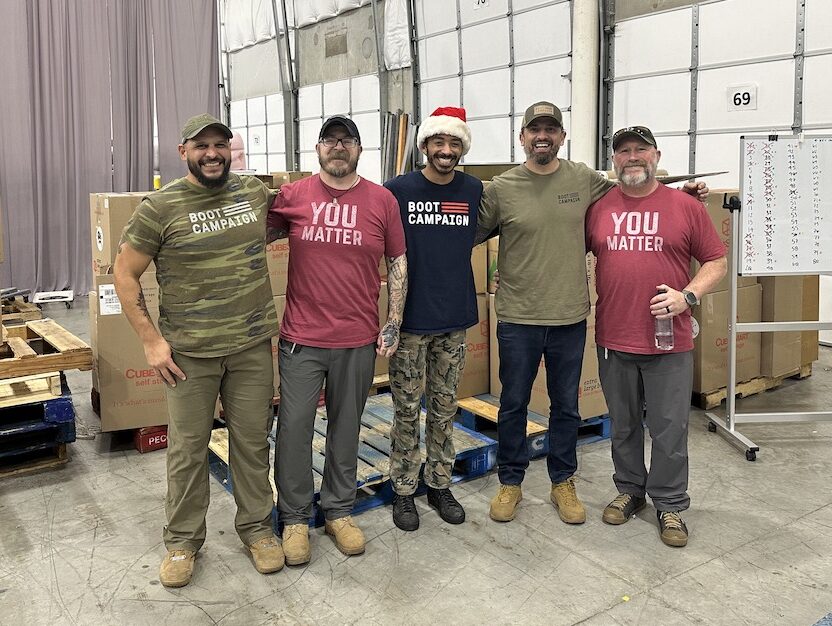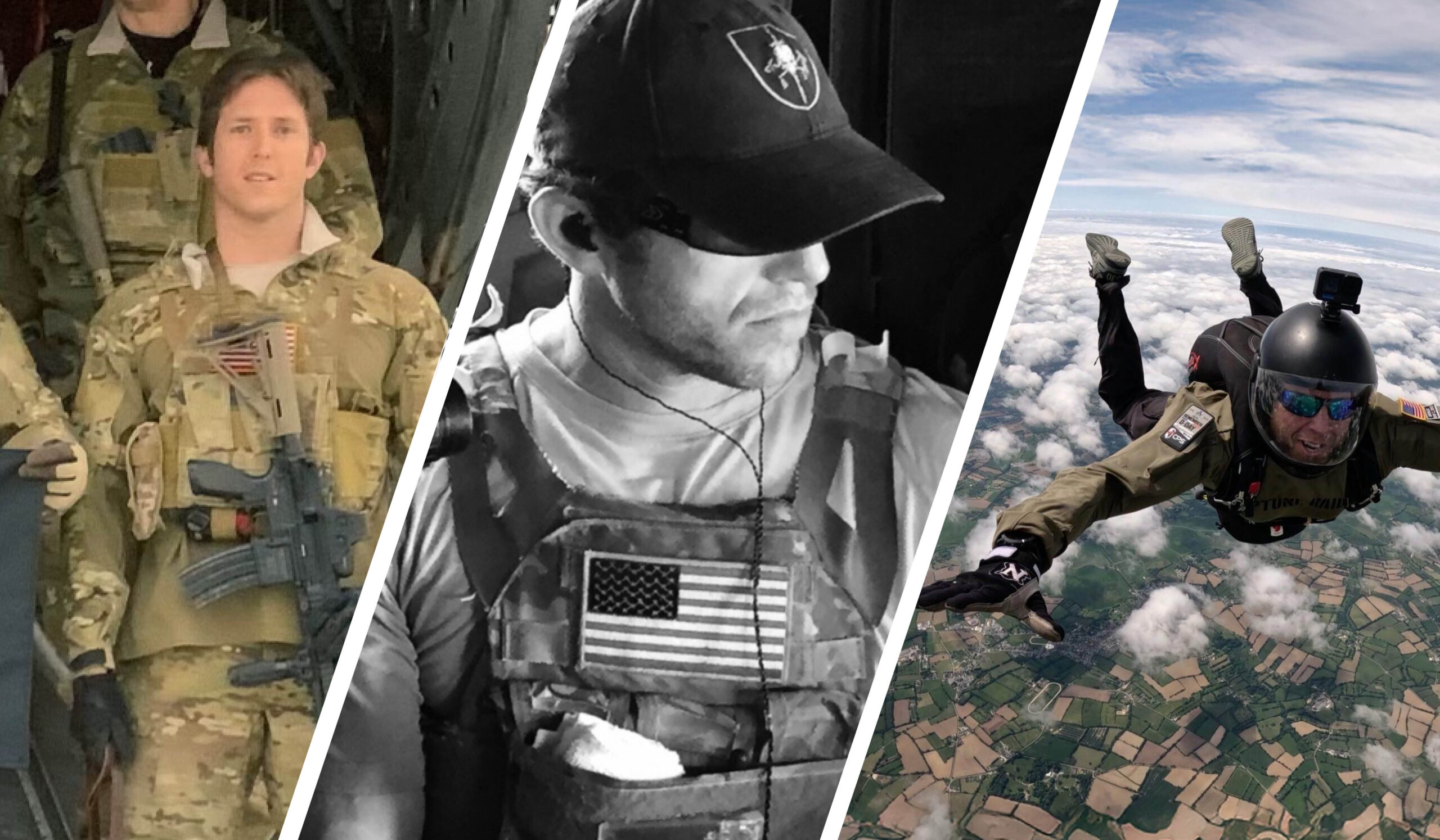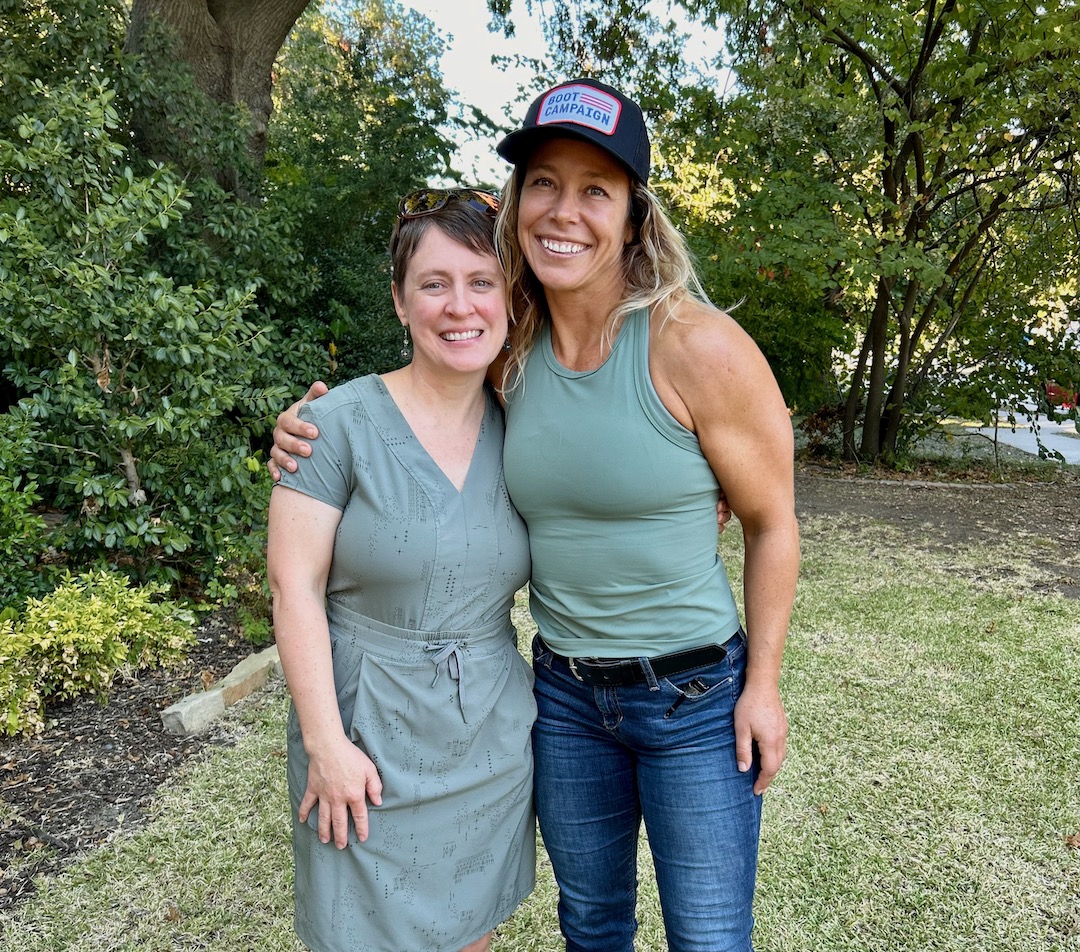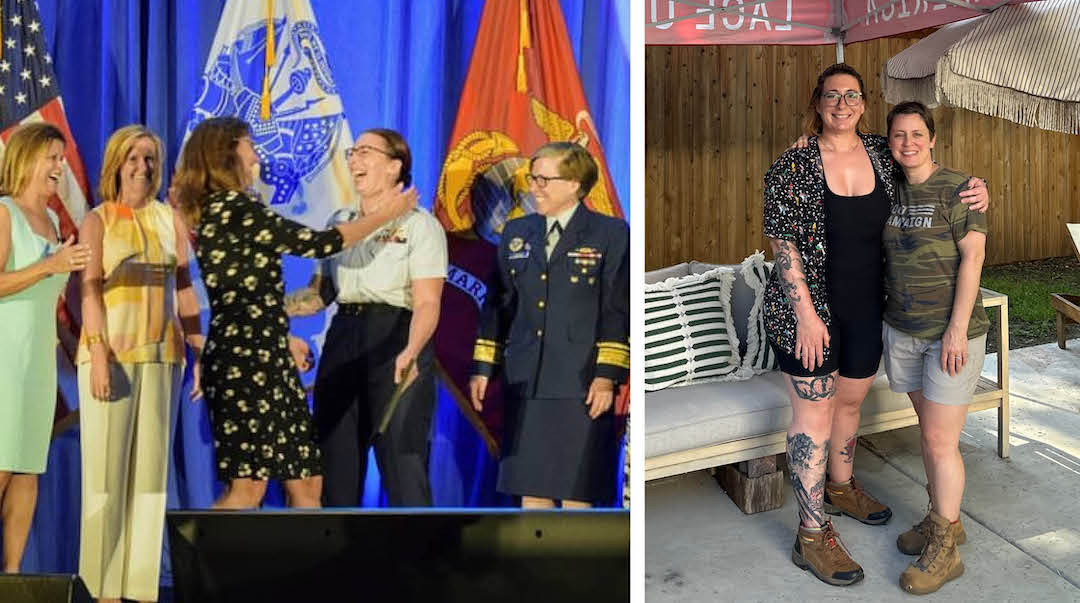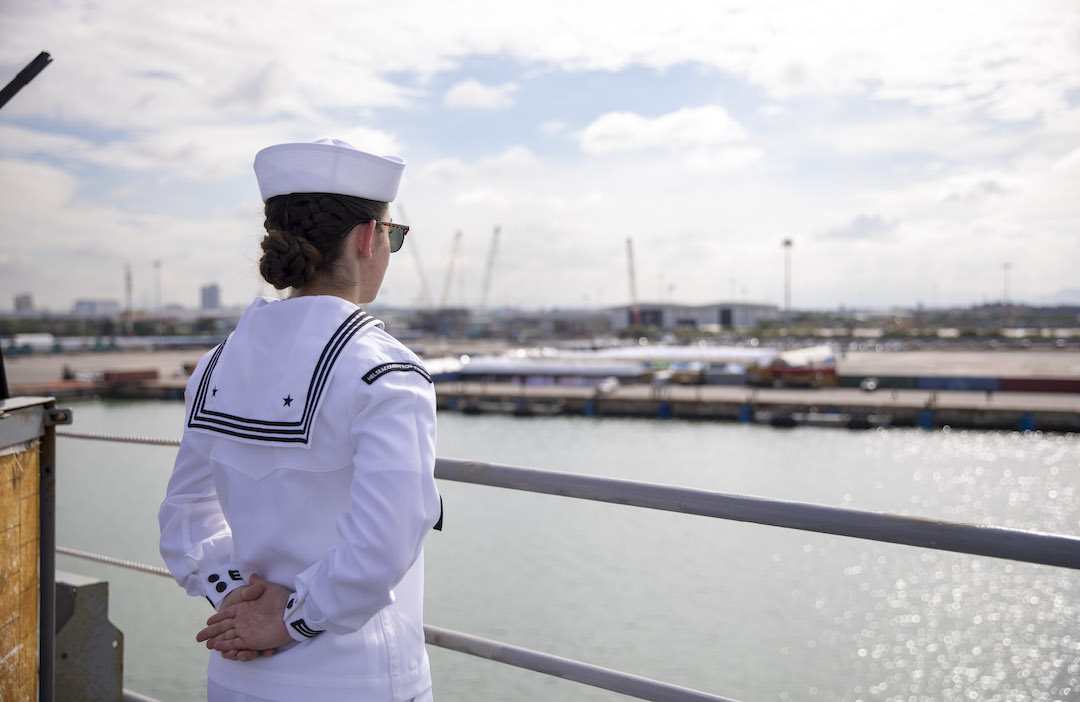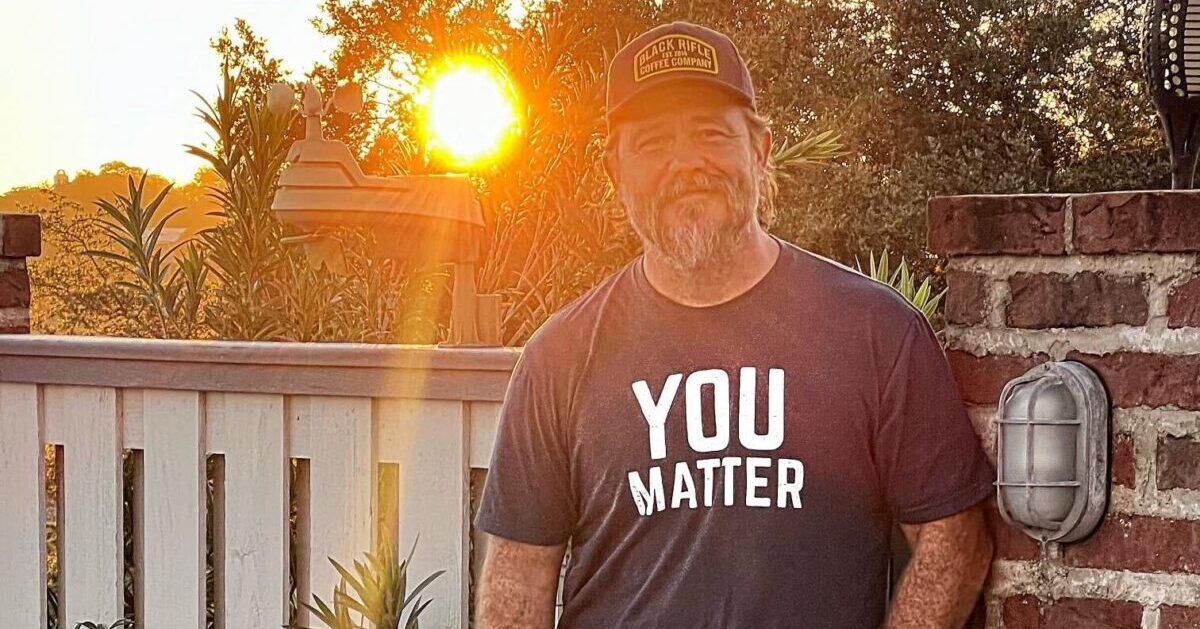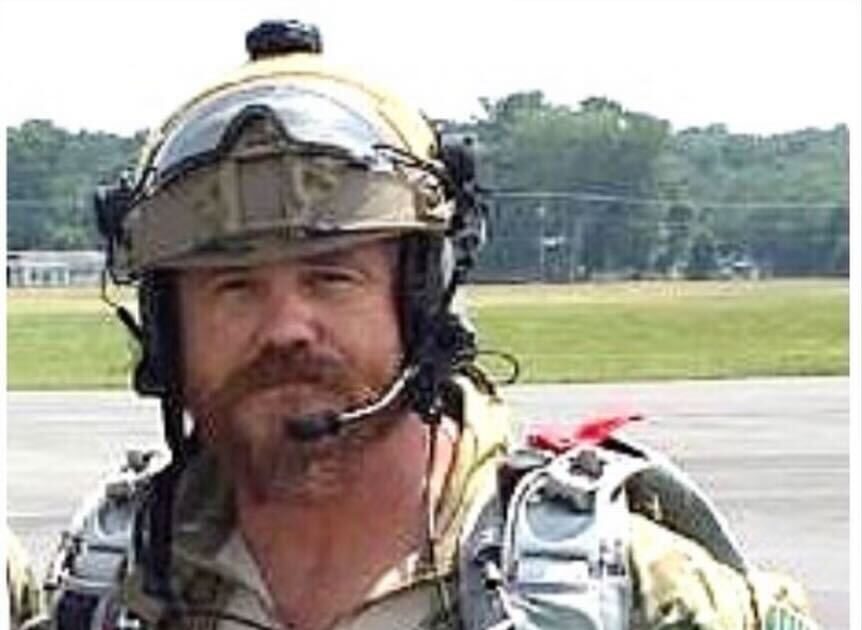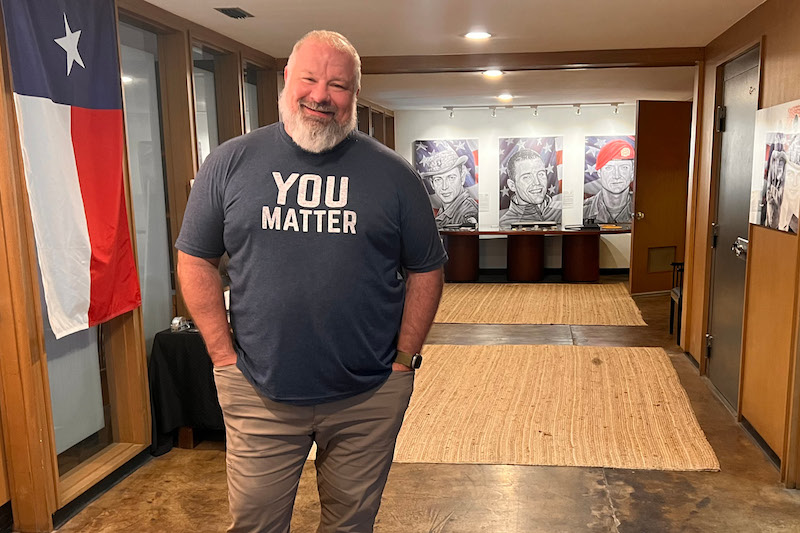PVT George Watson

[et_pb_section admin_label=”section” background_color=”#2ea3f2″ inner_shadow=”off” parallax=”on” background_image=”https://www.bootcampaign.org/wp-content/uploads/2016/01/camobg.jpg” transparent_background=”on” allow_player_pause=”off” parallax_method=”off” padding_mobile=”off” make_fullwidth=”off” use_custom_width=”off” width_unit=”on” make_equal=”off” use_custom_gutter=”off”][et_pb_row admin_label=”row”][et_pb_column type=”4_4″][et_pb_blurb admin_label=”Blurb” url_new_window=”off” image=”https://www.bootcampaign.org/wp-content/uploads/2016/02/PVT-Watson.jpg” animation=”bottom” background_layout=”light” text_orientation=”center” use_icon=”off” icon_color=”#45c4ec” use_circle=”off” circle_color=”#45c4ec” use_circle_border=”off” circle_border_color=”#45c4ec” icon_placement=”top” use_icon_font_size=”off” use_border_color=”off” border_color=”#ffffff” border_style=”solid”] [/et_pb_blurb][/et_pb_column][/et_pb_row][et_pb_row admin_label=”row”][et_pb_column type=”4_4″][et_pb_text admin_label=”Text” background_layout=”light” text_orientation=”center” use_border_color=”off” border_color=”#ffffff” border_style=”solid”]
[/et_pb_text][/et_pb_column][/et_pb_row][/et_pb_section][et_pb_section admin_label=”section” fullwidth=”off” specialty=”off” inner_shadow=”off” parallax=”off”][et_pb_row admin_label=”row”][et_pb_column type=”4_4″][et_pb_text admin_label=”Text” background_layout=”light” text_orientation=”left” use_border_color=”off” border_color=”#ffffff” border_style=”solid”]
Born in Birmingham, Alabama in 1915, George Watson was drafted into the Army in 1942 after graduating from Colorado A&M (now known as Colorado State University). After completion of initial entry training at Ft. Benning, Georgia, he was assigned to the 2nd/ 29th Quartermaster Regiment, deploying immediately to the Pacific Theater where he was assigned to the Dutch freighter commandeered into American service, s’Jacob.
On 8 March 1943 off Porlock Harbor, New Guinea, the ship was hit by Japanese bombers and sustained major damage. As soldiers were evacuating, PVT Watson saw that several were either unable to swim or too paralyzed with fear to reach life rafts. Placing their lives before his own, PVT Watson remained in the water and assisted several soldiers to safety. Weakened by his exertions, he was dragged down by the suction of the sinking ship and drowned. His body was never recovered.
For his act of heroism, he was originally awarded the Distinguished Service Cross, the first African American to receive this award in WWII. This award was upgraded to the Medal of Honor in 1997. PVT Watson was believed to have no next of kin, so the award was accepted by the Sergeant Major of the Army and is on display at the U.S. Army Quartermaster Museum at Fort Lee, Virginia.
[/et_pb_text][/et_pb_column][/et_pb_row][/et_pb_section][et_pb_section admin_label=”Section” fullwidth=”off” specialty=”off”][et_pb_row admin_label=”Row”][et_pb_column type=”4_4″][et_pb_team_member admin_label=”Person” name=”Cassandra Cantin, Sgt First Class U.S. Army (Ret.) ” position=”Hero Ambassador” image_url=”https://www.bootcampaign.org/wp-content/uploads/2016/01/IMG_60081.jpg” animation=”fade_in” background_layout=”light” use_border_color=”off” border_color=”#ffffff” border_style=”solid”]
FROM CASSIE’S PERSPECTIVE
In a time when it seems that most people would be more interested in saving their own life, it really touched me that this young man would be so concerned about saving the lives of others. The fact that he could swim to a life raft but made the conscientious decision to help others showed me that he put the welfare of others before his own. When placed in this situation, who would be willing to do this knowing that they may potentially lose their own life?
[/et_pb_team_member][/et_pb_column][/et_pb_row][et_pb_row admin_label=”Row”][et_pb_column type=”4_4″][/et_pb_column][/et_pb_row][/et_pb_section]
